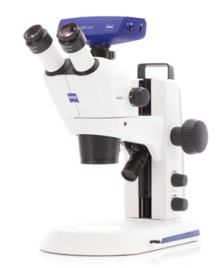
The stereomicroscope supports high-magnification observation during embryo microinjection in laboratory animals, enabling observation and imaging of embryonic development, dissection, and microstructures.
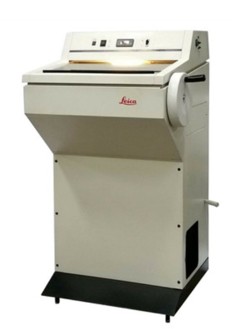
The microtome is used to prepare frozen tissue sections for morphological and pathological studies of laboratory animal organs, including the brain, liver, kidney, testis, and ovary.
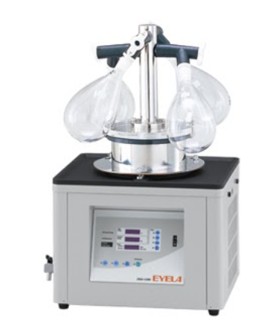
The freeze dryer system is used for lyophilization of laboratory animal diets and protein.
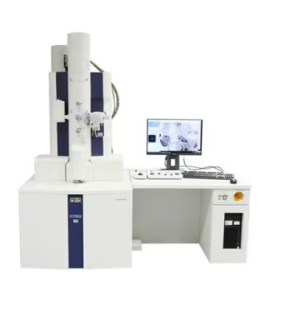
The transmission electron microscope is used for high-voltage electron beam imaging of biological tissues and large protein complexes, as well as for the observation of lipoprotein size, shape, and density.
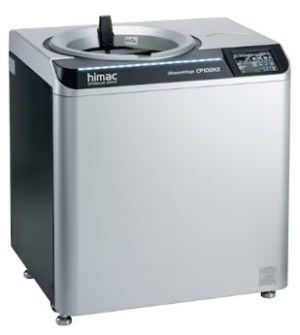
The centrifuge is used for ultracentrifugation of individual blood and serum samples to isolate lipoproteins by their density.
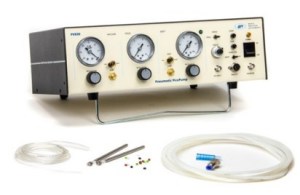
The pneumatic picopump is used for intracellular injection and microinjection procedures, particularly for the precise delivery of nanoliter volumes of fluid into laboratory animal embryos.
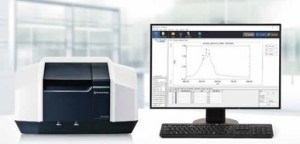
The spectrophotometer is used for biochemical activity analysis, quantitative analysis, and qualitative analysis of serum lipoproteins by measuring absorbance across ultraviolet and visible wavelengths.
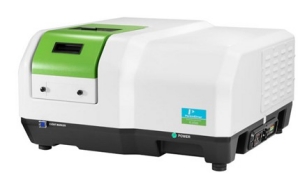
The fluorescence spectrophotometer is used for secondary structure analysis of proteins, amino acid activity analysis, and qualitative assessment and glycation comparison of serum lipoproteins by measuring ultraviolet and fluorescence absorbance.
